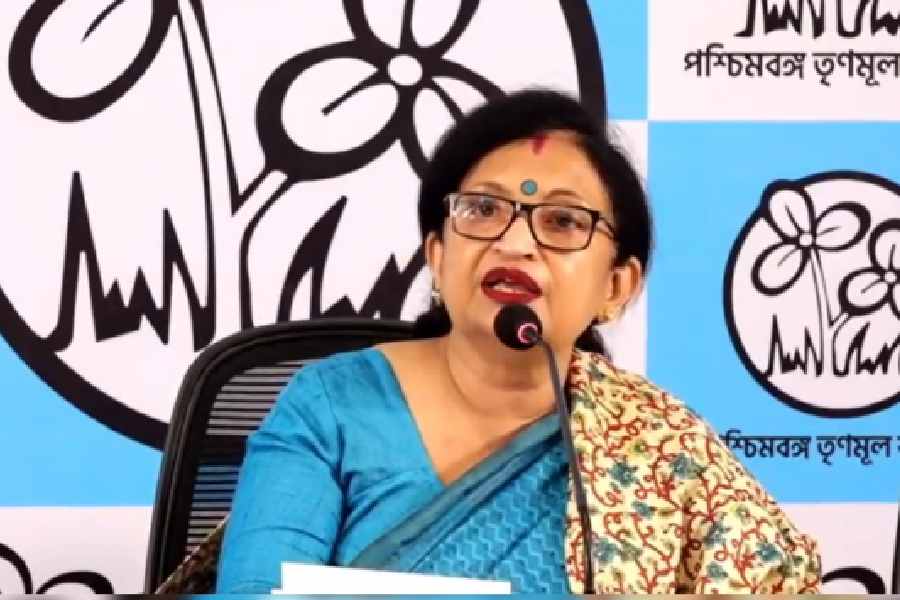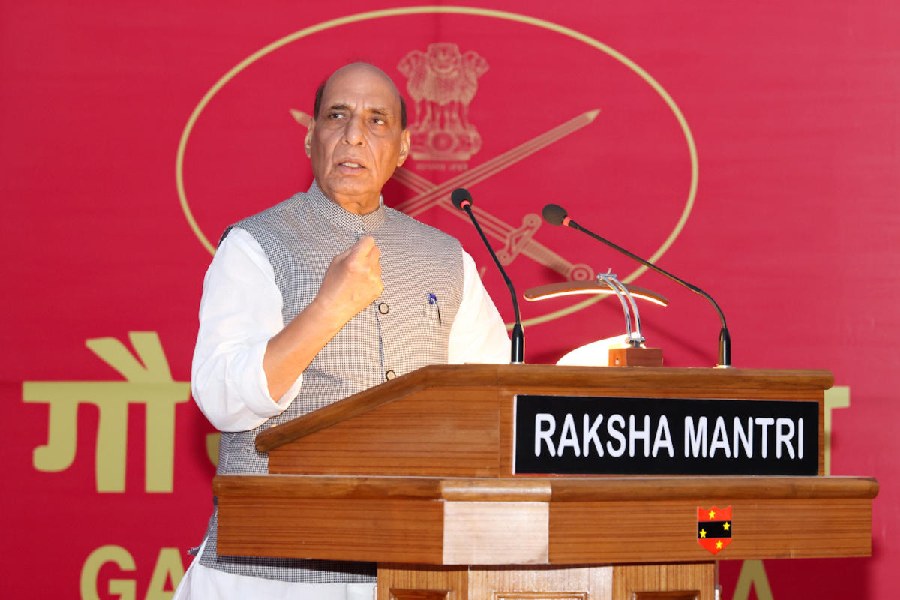The Bengal government has decided to revisit and examine the Urban Land Ceiling Act and land ceiling provisions under the West Bengal Land Ceiling Act in the budget tabled in the Assembly on Thursday.
This is the first time the land-sensitive state has accepted that the land ceiling was causing constraints for industry and business and made it clear that it was ready to examine the act.
“...One of the constraints faced by industry and business is the ceiling on private ownership of land. In the meantime, the Central Government has repealed the Urban Land Ceiling Act and many states have also repealed this Act. In this context, in our State also the current applicability of the Urban Land Ceiling Act will be revisited and examined. In addition, Land Ceiling provisions under the West Bengal Land Reforms Act will also be revisited and examined,” reads the budget statement tabled in the Assembly on Thursday by Chandrima Bhattacharya, minister of state (independent charge), finance.
If the ceiling is increased or repealed altogether, the real estate sector stands to gain the most. It will also help industries scout for large tracts of land in Bengal, known for fragmented land holdings.
Realtor outfits have been lobbying for years with the Trinamul government to remove the land ceiling, especially in urban areas, but the dispensation had refused to tinker with the Left-era legislation.
This also impacted the state as it did not get certain funds under the Centre’s urban development schemes because of the urban land ceiling.
“I cannot say that the urban land ceiling will be repealed. But a discussion has started whether it should be repealed,” said a senior state government official.
According to state officials, the Trinamul government was against repealing the Urban Land Ceiling Act since it felt that once the legislation was repealed, poor people would not be able to live in Calcutta as land sharks would grab urban plots in the city or on its outskirts.
“It is surprising that the state government has agreed to reconsider its stand, given that it was very sensitive to land-related issues from the very beginning. I feel the land ceiling would not be repealed completely, but some benefits could be extended to investors in terms of private ownership of land,” said a bureaucrat.
Under the act, individuals can hold up to 500sqm in cities like Calcutta that fall in category A. In places like Asansol, Burnpur and Durgapur, which fall in category D, one can hold up to 2,000sqm.
However, developers and land buyers have been deploying ingenious ways to circumvent the effect of building real estate or buying larger tracts of land. But, many institutional and national players were shy of such opaque procedures.
Sidharth Pansari, president of the Calcutta unit of Credai, said the state could attract investment worth Rs 20,000 crore from national and international players, private equity, venture funds or sovereign funds in the next few years if the ceiling is repealed or modified.
Sushil Mohta, the president of the state unit of Credai, said he had been pleading with successive state governments for a quarter of a century to repeal or modify the ULCA. “This (the decision) is a very investor-friendly step and it will boost the image of Bengal to the rest of India and the world,” he added.
Mohta welcomed the decision to allow the conversion of all land from leasehold to freehold, positively impacting plots in Sector V and many other areas.
Opposition leaders in Bengal criticised the state government, saying that it was initiating steps to bring back the zamindari system.
“The Trinamul government has made it clear that it will try to save the interests of realtors. No poor person will be able to hold onto their small land holdings and they will be forcibly ousted from the city and its outskirts,” said a BJP leader.
CPM state secretary Md Salim said: “This is a long-standing demand of the land sharks and a reversal of land reforms initiated by our Left Front government. Now, if the land ceiling is repealed,... the middle class will suffer the most.”











